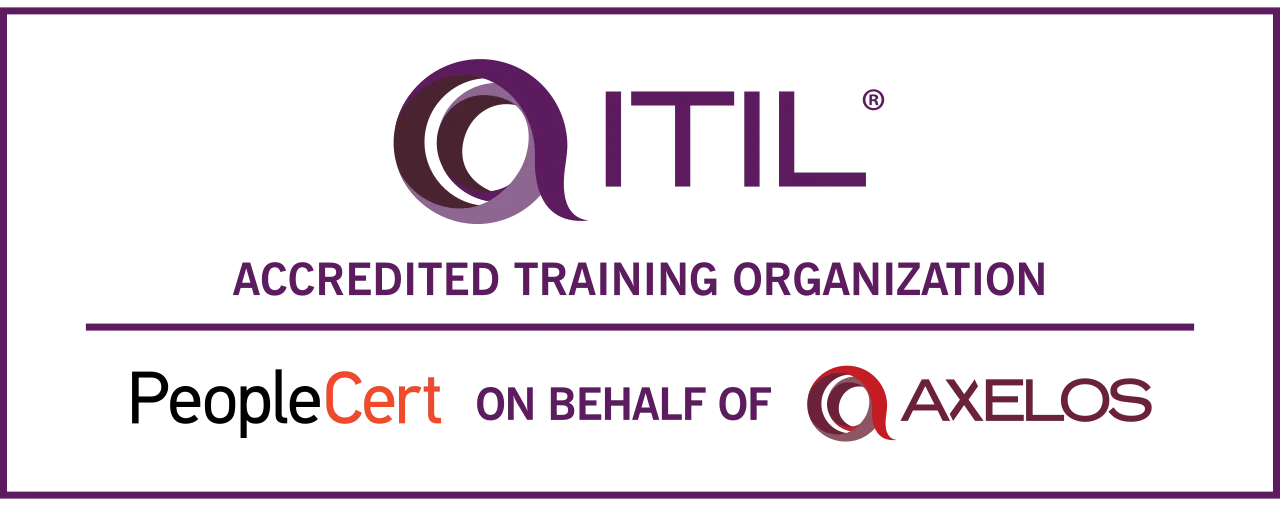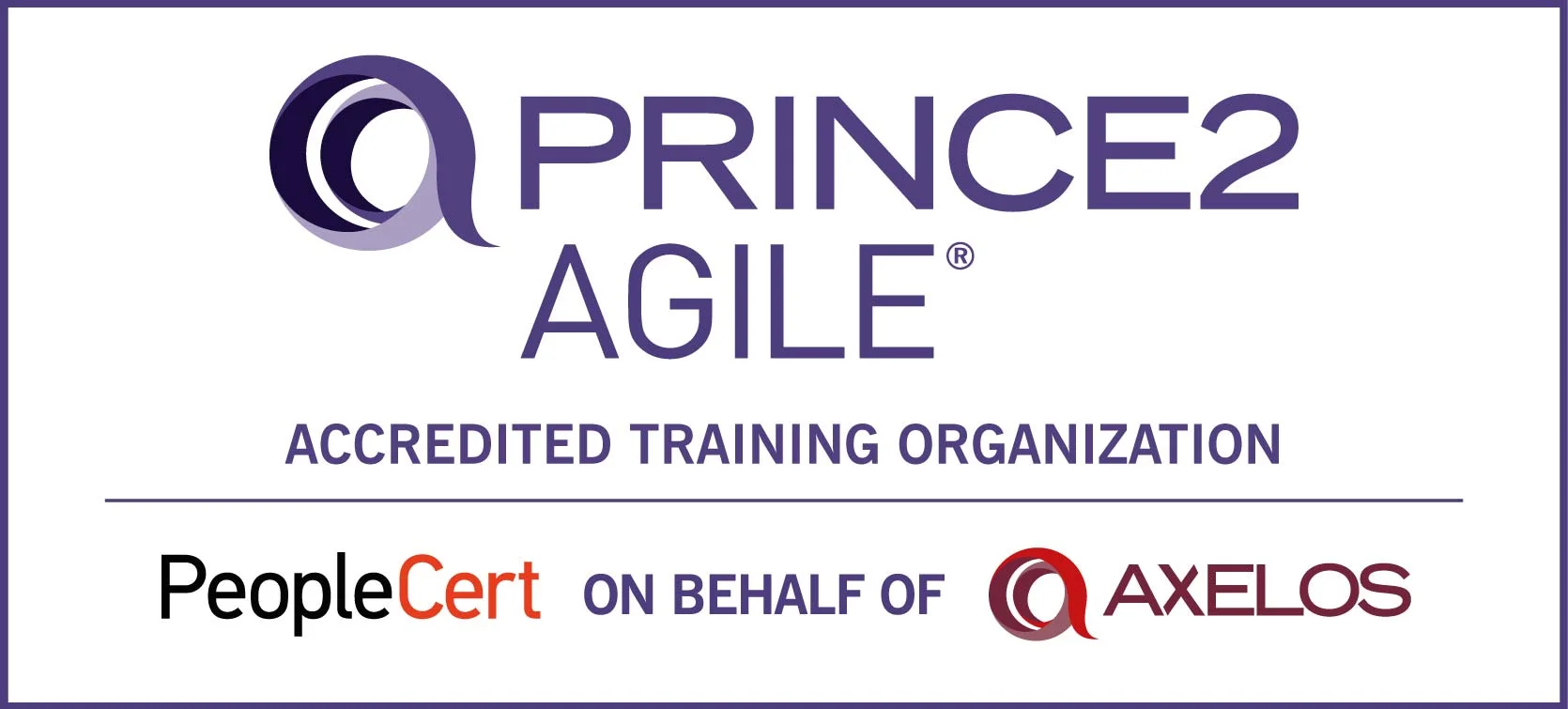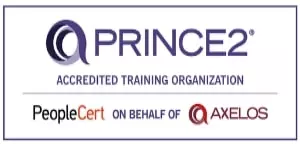You came into the world with mind like a clean slate. Afterward, you started to learn so many
things. You learned how to talk, how to walk, how to write, how to perform your daily chores,
how to use electronic devices and many more. And that’s how the clean slate got filled.
There are some lessons you would remember throughout life while some lessons were not
so important to remember. As time passed by and you grew older, the things you learned
were no more basic instincts or something you had to learn to fit in and survive, they were
your choice. For example, when you started talking that was your basic instinct, but the time
you took up a swimming lesson that was your choice. The things you choose to learn are
more likely to stay imprinted in your brain forever because you want to remember it.
Now, the question is, is AWS something which you want to remember? We know you would
be having your doubts about this. Everybody wants to remember skills that are useful to
them or will do them some good. Is AWS worth remembering? How much does it help your
career? Is it a course that you should choose?
In this blog, we are going to answer all of these questions by explaining the reasons to learn
AWS and the procedure to learn AWS to you. Before that, let us brief you about the AWS a
little bit.
AWS or Amazon Web Services is a subsidiary of Amazon that provides on-demand cloud
computing platforms and APIs to individuals, companies, and governments, on a metered pay-
as-you-go basis. In aggregate, these cloud computing web services provide a set of primitive
abstract technical infrastructure and distributed computing building blocks and tools. AWS
platform was first launched in 2002. During its early days, it consists of only a few tools and
services. During 2003, the concept of AWS was publicly reformulated that described a vision for
Amazon's standardized, automated, and extensively reliable retail computing infrastructure. After
that, AWS touched so many milestones and in November 2018, AWS announced customized
ARM cores for use in its servers. Also, it is developing ground stations to communicate with
customer satellites.
So you can understand, AWS has been so finely shaped over the years that you have to learn
about it thoroughly if you are looking forward to making the best out of AWS. Although, here
comes the same question again, why learning AWS would be beneficial for you? Let us lead with
the answer.
Why Should You Learn AWS?
In our previous blog, we mentioned thebenefits of AWS Certification. In case you don’t
remember it, let us take you back there once more. So the first and foremost advantage of
learning AWS is a finely shaped career. According toPayScale, the average pay of an AWS
trained person starts from $104K in the US.
Source:PayScale.com
An AWS Cloud Solution Architect gets $ 132,092 on an average. And with the increasing
implementation of AWS in various organizations, the demand for employees well versed in
AWS is increasing as well. If you go to indeed.com right now, you’ll see a total of 1,823 job
openings for AWS certified professionals.Apart from career goals, learning AWS has other advantages as well.
Some are as follows:
- AWS is the fastest-growing public cloud in the world.
- Since 2015, AWS skills are the most in-demand skills.
- Enterprise clouds are getting migrated to AWS increasingly.
Now that you know why you need to learn AWS, let’s focus on the ways you can learn it
easily!
AWS Free Learning Sources:
Before you get started with Amazon Web Services, you definitely need to learn about it. The
question is, from where?
Well, in this era of the internet, everything is just a click away. And so is your AWS learning
paths.
You will find loads of online PDF books that will help you to understand AWS in depth. Since
AWS keeps upgrading almost every year, the information you’ll find in those books might bea little outdated. We’d suggest you follow theweb tutorialsthat AWS provides on Youtubefrom their channel.
Also, if you follow the official website of AWS, you’d see a series of webinars that they host
especially to educate the users. You can attend them to learn about AWS in depth.
Getting started with AWS:
After you have learned all about AWS, it’s time to get started with it.
So, what all steps you need to follow to do the same you may ask?
There are so many ways to get started with AWS. We decided to point out the 3 ways that
are most used and are user-friendly as well.
Here is a step by step guide that will answer all your questions!
Getting Started with the AWS Management Console:
Step 1: Set up and log into your AWS account
Log in to the AWS Management Console and set up your root account.
Step 2: Launch an Amazon EC2 instance
In the Amazon EC2 Dashboard, choose ‘Launch Instance’ to create and configure your virtual
machine.
Step 3: Configure your instance
In this wizard, you have the option to configure your instance features.
Below are some guidelines on setting up your first instance.
- Choose an Amazon Machine Image (AMI): In step 1 of the wizard, we recommend the
Amazon Linux 2 AMI (free-tier eligible). - Choose an instance type: In step 2 of the wizard, we recommend the t2.micro (free-tier
eligible). - Security group: In step 3, you have the option to configure your virtual firewall.
- Launch instance: In step 4, review your instance configuration and choose ‘Launch’.
- Now, you need to create a key pair: Select ‘Create a new key pair’ and assign a name.
The key pair file (.pem) will download automatically - save this in a safe place as we will
later use this file to log in to the instance. Finally, choose ‘Launch Instances’ to complete
the setup.
Note: It may take a few minutes to initialize your instance.
Step 4: Connect to your instance
After you launch your instance, you can connect to it and use it the way that you'd use a
the computer sitting in front of you.
To connect from the console, follow the steps below:
- Select the EC2 instance you created and choose ‘Connect’.
- Select ‘A Java SSH client directly from my browser’.Ensure Java is installed and
enabled. - Enter the private key path (example: C:\KeyPairs\my-key-pair.pem).
- Choose ‘Launch SSH Client’.
Note: You can also connect via SSH or PuTTY,click here to learn more.
Step 5: Terminate Instances
Amazon EC2 is free to start (learn more), but you should terminate your instances to prevent
additional charges. The EC2 instance and the data associated will be deleted.
- Select the EC2 instance, choose ‘Actions’, select ‘Instance State’, and ‘Terminate’.
Getting Started with the AWS Command Line Tools (CLI)
You can access the features of Amazon EC2 using theAWS CLI, which provides commands for
a broad set of AWS products, including Amazon EC2.
Getting Started with the AWS SDKs
Get started with EC2 by usingAPIs tailored to your programming language or platform, orAWS
Mobile SDKto help you build high-quality mobile apps quickly and easily.
Ready to take the first real step?
Begin your journey with AWS Certified Solutions Architect – Associate Training now!
Overview:
Now that you know how to get started with AWS, maybe you’d like to know a little more
about Amazon Web Services. The free sessions on Youtube will undoubtedly help you
out, but you’d always feel that if it could be possible to learn from the experts with
knowledgeable interactions. In that case, you can always join an
AWS Certification training session. And we
don’t need to tell you how your CV will shine with an AWS certification. Isn’t it?
Author Details

Vaibhav Umarvaishya
Cloud Engineer | Solution Architect
As a Cloud Engineer and AWS Solutions Architect Associate at NovelVista, I specialized in designing and deploying scalable and fault-tolerant systems on AWS. My responsibilities included selecting suitable AWS services based on specific requirements, managing AWS costs, and implementing best practices for security. I also played a pivotal role in migrating complex applications to AWS and advising on architectural decisions to optimize cloud deployments.
Confused About Certification?
Get Free Consultation Call

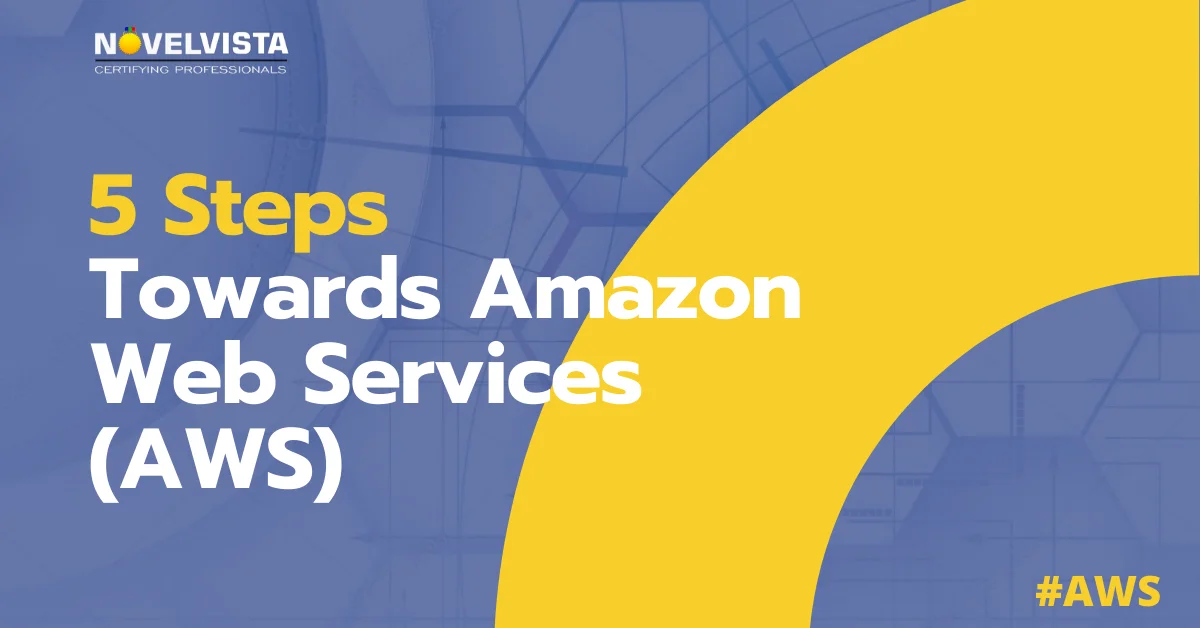
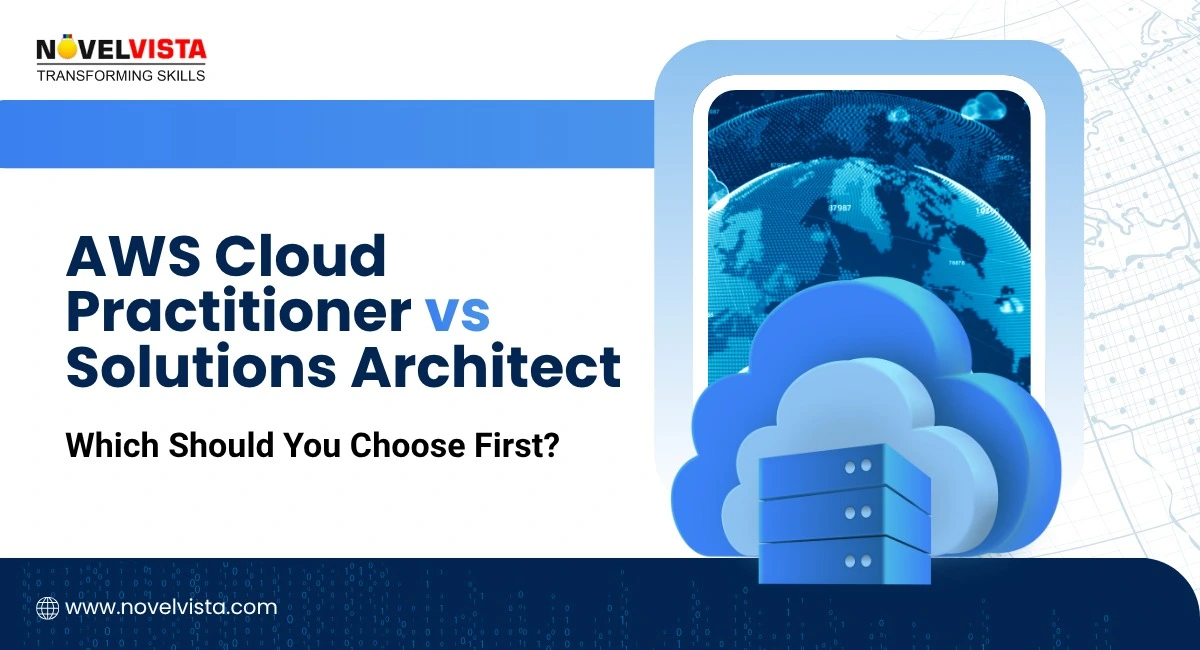
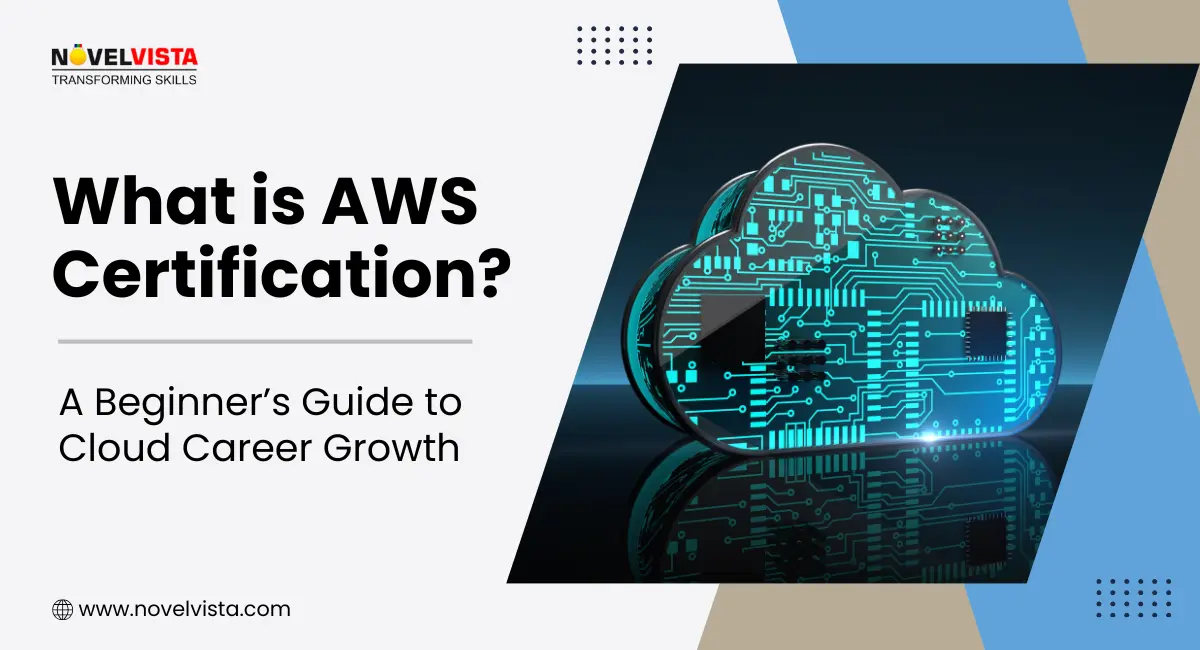
![Free AWS Solutions Architect Associate Practice Exam: No Signup, Instant Results! [Hands-on Prep] | Novelvista](https://www.novelvista.com/resources/images/blogs/other/aws-solutions-architect-mock-exam-featured.webp)
